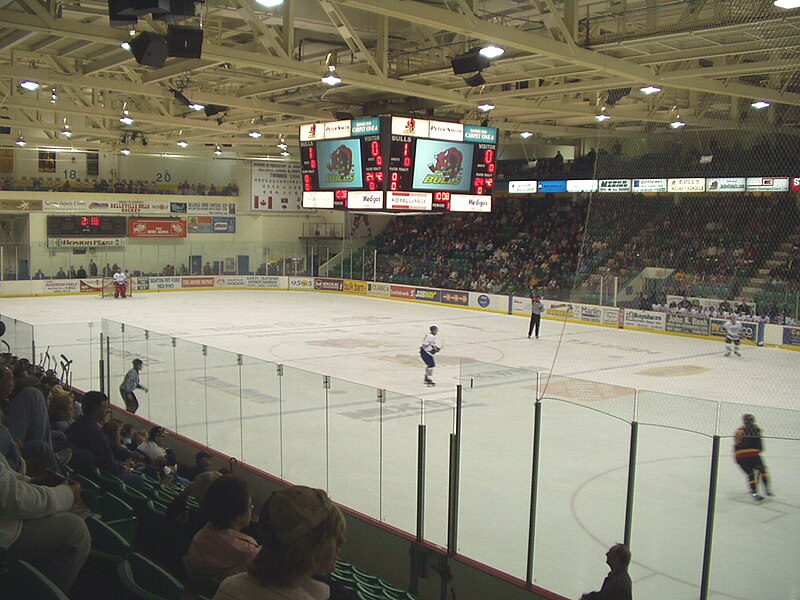In case that photo link ever gets broken:
Boston Garden
191' x 83'
Capacity: 14,880
(Buffalo) Memorial Auditorium
196' x 85'
Capacity: 10,331
Chicago Stadium
188' x '85'
Capacity: 17,100
(Detroit) Olympia Stadium
200' x 83'
Capacity: 13,500
Los Angeles Forum
200' x 85'
Capacity: 16,005
(Minneapolis) Metropolitan Sports Center
200' x 85'
Capacity: 15,095
Montreal Forum
200' x 85'
Capacity: 16,500
(New York) Madison Square Garden
200' x 85'
Capacity: 17,250
Oakland-Alameda County Coliseum Arena
200' x 85'
Capacity: 12,500
Philadelphia Spectrum
200' x 85'
Capacity: 14,618
Pittsburgh Civic Arena
205' x 85'
Capacity: 12,580
St. Louis Arena
200' x 85'
Capacity: 17,776
(Toronto) Maple Leaf Gardens
200' x 85'
Capacity: 16,115
(Vancouver) Pacific Coliseum
200' x 85'
Capacity: 15,564
Non-standard
Boston - 9 feet short, 2 feet narrow
Buffalo - 4 feet short
Chicago - 12 feet short
Detroit - 2 feet narrow
Pittsburgh - 5 feet long


 . You’ll never see that in new builds.
. You’ll never see that in new builds.


